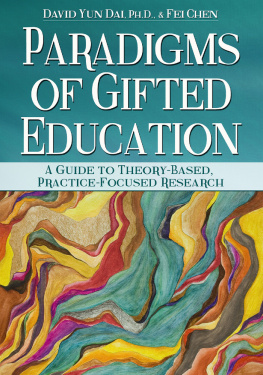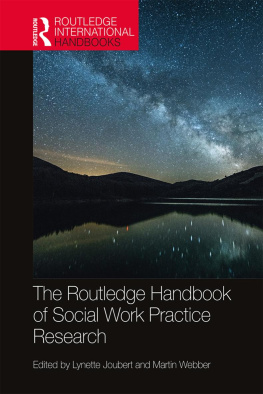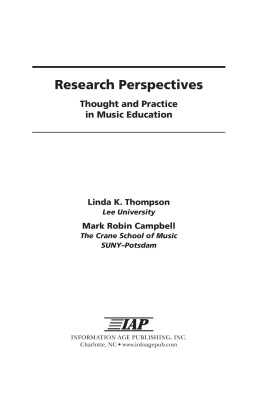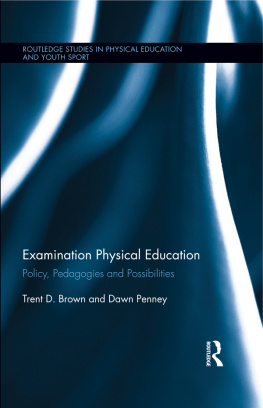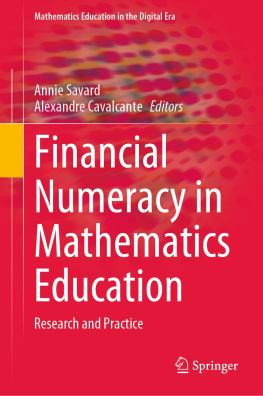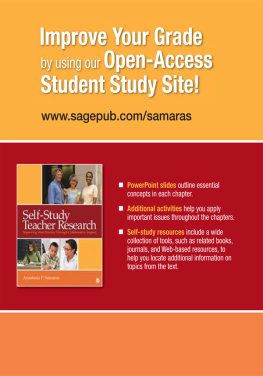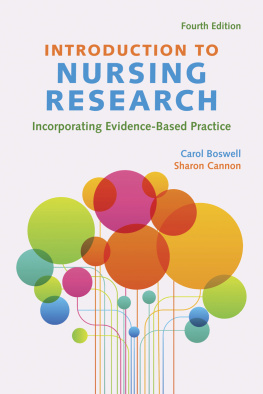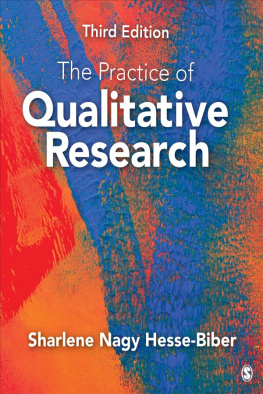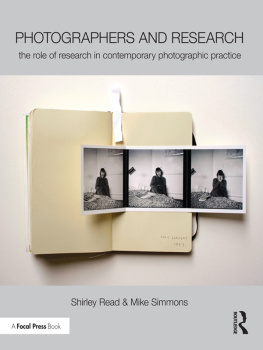Calandra Brendan - Digital Video for Teacher Education: Research and Practice: Research and Practice
Here you can read online Calandra Brendan - Digital Video for Teacher Education: Research and Practice: Research and Practice full text of the book (entire story) in english for free. Download pdf and epub, get meaning, cover and reviews about this ebook. City: Routledge, year: 2015, publisher: Taylor and Francis, genre: Religion. Description of the work, (preface) as well as reviews are available. Best literature library LitArk.com created for fans of good reading and offers a wide selection of genres:
Romance novel
Science fiction
Adventure
Detective
Science
History
Home and family
Prose
Art
Politics
Computer
Non-fiction
Religion
Business
Children
Humor
Choose a favorite category and find really read worthwhile books. Enjoy immersion in the world of imagination, feel the emotions of the characters or learn something new for yourself, make an fascinating discovery.

- Book:Digital Video for Teacher Education: Research and Practice: Research and Practice
- Author:
- Publisher:Taylor and Francis
- Genre:
- Year:2015
- City:Routledge
- Rating:5 / 5
- Favourites:Add to favourites
- Your mark:
- 100
- 1
- 2
- 3
- 4
- 5
Digital Video for Teacher Education: Research and Practice: Research and Practice: summary, description and annotation
We offer to read an annotation, description, summary or preface (depends on what the author of the book "Digital Video for Teacher Education: Research and Practice: Research and Practice" wrote himself). If you haven't found the necessary information about the book — write in the comments, we will try to find it.
Calandra Brendan: author's other books
Who wrote Digital Video for Teacher Education: Research and Practice: Research and Practice? Find out the surname, the name of the author of the book and a list of all author's works by series.
Digital Video for Teacher Education: Research and Practice: Research and Practice — read online for free the complete book (whole text) full work
Below is the text of the book, divided by pages. System saving the place of the last page read, allows you to conveniently read the book "Digital Video for Teacher Education: Research and Practice: Research and Practice" online for free, without having to search again every time where you left off. Put a bookmark, and you can go to the page where you finished reading at any time.
Font size:
Interval:
Bookmark:
Digital video use is becoming prevalent in teacher education as a tool to help improve teaching and learning and for assessing effective teaching. Timely and comprehensive, this volume brings together top scholars from multiple disciplines to provide sound theoretical frameworks, research-based support, and clear practical advice on a variety of unique approaches to using digital video in teacher education programs.
deals with the use of video for teacher learning.
focuses on the role played by those other than teachers in the effective use of digital video in teacher education programs.
addresses how to administer video for teacher education.
Exploring the complexities of effectively and appropriately integrating digital video into teacher development at various stages, this book is a must-have resource for scholars and professionals in the field.
Brendan Calandra is Associate Professor of Learning Technologies, Georgia State University, USA.
Peter J. Rich is Associate Professor, Department of Instructional Psychology & Technology, Brigham Young University, USA.
Research and Practice
Edited by Brendan Calandra, Georgia State University
Peter Rich, Brigham Young University

First published 2015
by Routledge
711 Third Avenue, New York, NY 10017
and by Routledge
2 Park Square, Milton Park, Abingdon, Oxon OX14 4RN
Routledge is an imprint of the Taylor & Francis Group, an informa business
2015 Taylor & Francis
The right of Brendan Calandra & Peter Rich to be identified as authors of this work has been asserted by them in accordance with sections 77 and 78 of the Copyright, Designs and Patents Act 1988.
All rights reserved. No part of this book may be reprinted or reproduced or utilised in any form or by any electronic, mechanical, or other means, now known or hereafter invented, including photocopying and recording, or in any information storage or retrieval system, without permission in writing from the publishers.
Trademark notice: Product or corporate names may be trademarks or registered trademarks, and are used only for identification and explanation without intent to infringe.
Library of Congress Cataloging in Publication Data
Digital video for teacher education: research and practice / edited by
Brendan Calandra, Georgia State University, Peter J. Rich,
Brigham Young University.
pages cm
Includes bibliographical references and index.
1. Video tapes in education. 2. TeachersTraining of.
I. Calandra, Brendan. II. Rich, Peter J.
LB1044.75.D54 2014
371.33'5dc23 2014004895
ISBN: 978-0-415-70625-4 (hbk)
ISBN: 978-0-415-70626-1 (pbk)
ISBN: 978-1-315-87171-4 (ebk)
Typeset in 10/12 Bembo
by codeMantra
Part I
Teacher Learning with Digital Video
Miriam Gamoran Sherin & Rosemary S. Russ
Scott McDonald & Michael M. Rook
Brendan Calandra
Niels Brouwer & Fokelien Robijns
Part II
Facilitating Teacher Learning with Digital Video
Peter Rich
Hilda Borko, Rajeev Virmani, Edit Khachatryan, & Charmaine Mangram
Elizabeth van Es, Jessica Tunney, Nanette Seago, & Lynn T. Goldsmith
Cheryl Rosaen
Part III
Administering Digital Video for Teacher Education
Meilan Zhang, Matthew Koehler, & Mary Lundeberg
Michael Hannafin, Arthur Recesso, Drew Polly, & Jon Won Jung
Keven Prusak
Peter J. Fadde & Ting Zhou
As shown in part by the significant body of research and practice articulately represented in this collection, digital video use is becoming prevalent in teacher education. Not only is there a widespread interest in the potential for digital video as a tool to help improve teaching and learning, but now government-run agencies are increasingly paying attention to the use of digital video for improving but also for proving effective teaching. This indicates that now, more than ever, careful attention needs to be paid to how and why we use digital video for these purposes. As a response, Digital Video for Teacher Education: Research and Practice is a timely and comprehensive collection that provides insight into the work of top scholars in the area while offering evidence-based (from years of research), theoretical (from a range of relevant subject areas), and practical advice (e.g., tools, processes, administrative, and technical aspects) to those who are involved with using digital video for teacher education.
The book is organized into three broad, thematic sections.
deals with the use of video for teacher learning. Chapters in this section deal with topics such as the interpretive frameworks teachers use to make meaning from video footage of classroom interactions; what teachers attend to or notice when they are watching video; how teachers can use video-based reflection to help make mental connections between their prior knowledge on teaching, what they learn in teacher education programs, and what they experience when they practice teaching; how teachers can use video to make evidence-based arguments of their understandings about teaching; and how to effectively guide teachers video-based learning experiences.
in this section present relevant professional development models, frameworks for facilitating productive discussions, and suggestions for how these discussions can be used to form a knowledge base surrounding effective teaching.
addresses how to administer video for teacher education. Chapters in this section cover topics such as the affordances and limitations of using different types of video in teachers professional development programs, such as video of best practice, video of self-teaching, video of others teaching, video used for self-improvement, and video used for high stakes assessment. These chapters also cover technical considerations when capturing video for teacher education; a selection of video analysis tools appropriate for teacher education; and issues related to the capture, use, and distribution of video evidence to support and assess teacher development across different contexts.
While the chapters in this book are organized under a particular section heading, there is some amount of overlap. This is because, through their combined decades of experience in this area, all of the authors have learned from their own work but also from one another. That being said, each chapter herein provides a unique context and has distinctive advice to offer the reader. As editors, our aim has been to help provide research-based arguments for, and clear descriptions of a variety of unique approaches to using digital video in teacher education programs from multiple disciplines in a way that will allow it to serve scholars and professionals involved in teacher education.
Brendan Calandra
Peter J. Rich
Teacher Learning with Digital Video
TEACHER NOTICING VIA VIDEO
The Role of Interpretive Frames
Miriam Gamoran Sherin & Rosemary S. Russ
NORTHWESTERN UNIVERSITY AND UNIVERSITY OF WISCONSIN, MADISON
Over the past decade, educational researchers have increasingly explored the construct of teacher noticing by documenting its role in teaching expertise. Teachers are faced with a blooming, buzzing confusion of sensory data (Sherin & Star, 2011, p. 69), too much for any one person to process at once. Therefore, teachers must select, either tacitly or explicitly, some elements from the environment to attend to while leaving other elements aside (Miller, 2011). Research indicates that noticing is consequential for teaching; when teachers pay close attention to the details of their students thinking, there are increased opportunities for student learning (Russ & Sherin, 2013).
Font size:
Interval:
Bookmark:
Similar books «Digital Video for Teacher Education: Research and Practice: Research and Practice»
Look at similar books to Digital Video for Teacher Education: Research and Practice: Research and Practice. We have selected literature similar in name and meaning in the hope of providing readers with more options to find new, interesting, not yet read works.
Discussion, reviews of the book Digital Video for Teacher Education: Research and Practice: Research and Practice and just readers' own opinions. Leave your comments, write what you think about the work, its meaning or the main characters. Specify what exactly you liked and what you didn't like, and why you think so.

